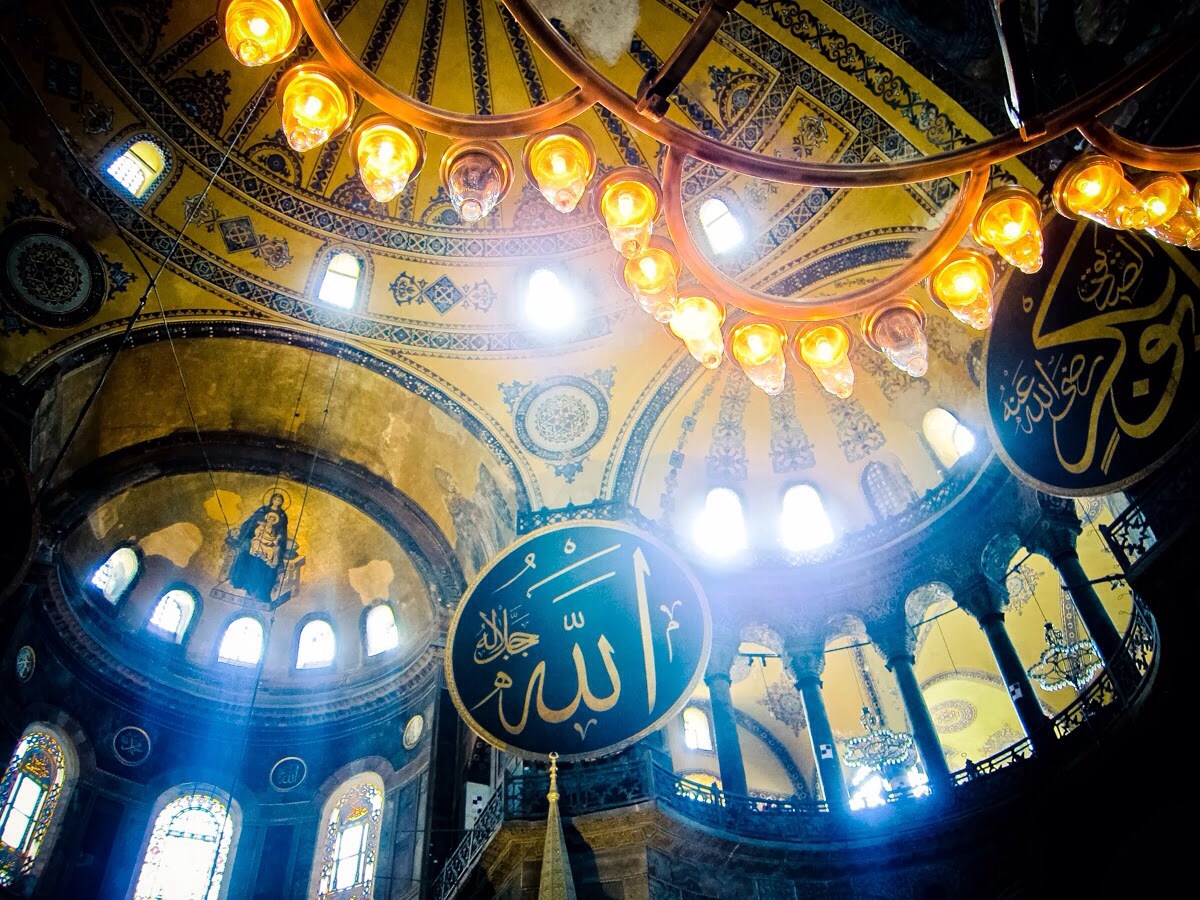 I just finished reading Proof of Heaven, a neurosurgeon’s account of his near death experience where he claims to have seen, or better put, experienced heaven. It’s an interesting book, he wrote it from the perspective of a scientist who, while true to his faith as a Christian, was skeptical or at least uncertain when it came to the idea of heaven.
I just finished reading Proof of Heaven, a neurosurgeon’s account of his near death experience where he claims to have seen, or better put, experienced heaven. It’s an interesting book, he wrote it from the perspective of a scientist who, while true to his faith as a Christian, was skeptical or at least uncertain when it came to the idea of heaven.
Halfway through the book I was already certain I didn’t like it that much. I still managed to finish it and gave it 3 stars on Goodreads because it was thought provoking, and anything that makes you think is worth reading. I didn’t like it because he tried to so hard to prove his experience through science, and to me personally, there’s really no need to do that. What he experienced was a miracle. Miracles don’t need to be proven, they just need to be believed. Faith alone is stronger than any scientific evidence you could ever provide.
One of my favorite quotes of all times is this by Albert Einstein:
“The most beautiful experience we can have is the mysterious. It is the fundamental emotion that stands at the cradle of true art and true science. Whoever does not know it and can no longer wonder, no longer marvel, is as good as dead, and his eyes are dimmed. It was the experience of mystery — even if mixed with fear — that engendered religion. A knowledge of the existence of something we cannot penetrate, our perceptions of the profoundest reason and the most radiant beauty, which only in their most primitive forms are accessible to our minds: it is this knowledge and this emotion that constitute true religiosity. In this sense, and only this sense, I am a deeply religious man… I am satisfied with the mystery of life’s eternity and with a knowledge, a sense, of the marvelous structure of existence — as well as the humble attempt to understand even a tiny portion of the Reason that manifests itself in nature.”
It’s from his essay, The World As I See It, where he writes about life, ethics, politics, science, religion, and humanity. Einstein professes to be an agnostic, and often speaks of religion as rising from fear. There was a time when I also pondered about the evolution of religion, then found it to be too complex and eventually not that interesting anymore. Religion is communal, rigid and defined, while faith is personal, unstructured and ever changing. I too call myself an agnostic when required to be categorized, but I feel no need to identify with any particular group when it comes to what I believe. Faith is perhaps the most personal thing one can possess, that which cannot be taken away by any outward force. Even if tortured and coerced to hide or lie or spit on your belief, faith is rooted in your soul, and no one can make you relinquish it unless you yourself are willing.
So it is with this mind set that I look at the world today and am baffled at the things people do to others because of their faith. Why are we trying so hard to convince others that we possess the ultimate truth of the universe? Why do we cast stones at others when we have plenty of work to do to become better people ourselves? Why do we search for differences rather than look at the countless other things that make us the same? I’m sure there are countless theories to answer each of these questions, but in the end, I’m not looking for an answer that explains everything. Humanity, like faith, is too diverse to be explained by a single satisfactory answer. My own faith, rising from personal experiences, enriched by conversations, readings, and sermons, strengthened by the peace I feel as I strive to live by my principles, brings me contentment. I don’t know whether heaven exists, and I don’t need to be convinced one way or another. I wake up everyday humbled by the existence of life itself, and marvel at its countless mysteries. That to me, is enough proof that any miracle can exist.
Photo: Hagia Sophia in Istanbul, Turkey. Built as a Eastern Orthodox basilica during the Byzantine Empire, it served briefly as a Roman Catholic Cathedral after Constantinople was captured by the crusaders in the 13th century. When Sultan Mehmet II of the Ottoman Empire entered the city in 1453, he decreed that the church be turned into a mosque, and became the first of many sultans to restore the building to its former glory, albeit honoring a different God. In 1935, Mustafa Kemal Ataturk, the founder of the Republic of Turkey, transformed the mosque into a museum, where visitors of all faiths can admire the beautiful art and architecture culminated from centuries of difference religious and cultural influence. (Wikipedia)

Leave a Reply